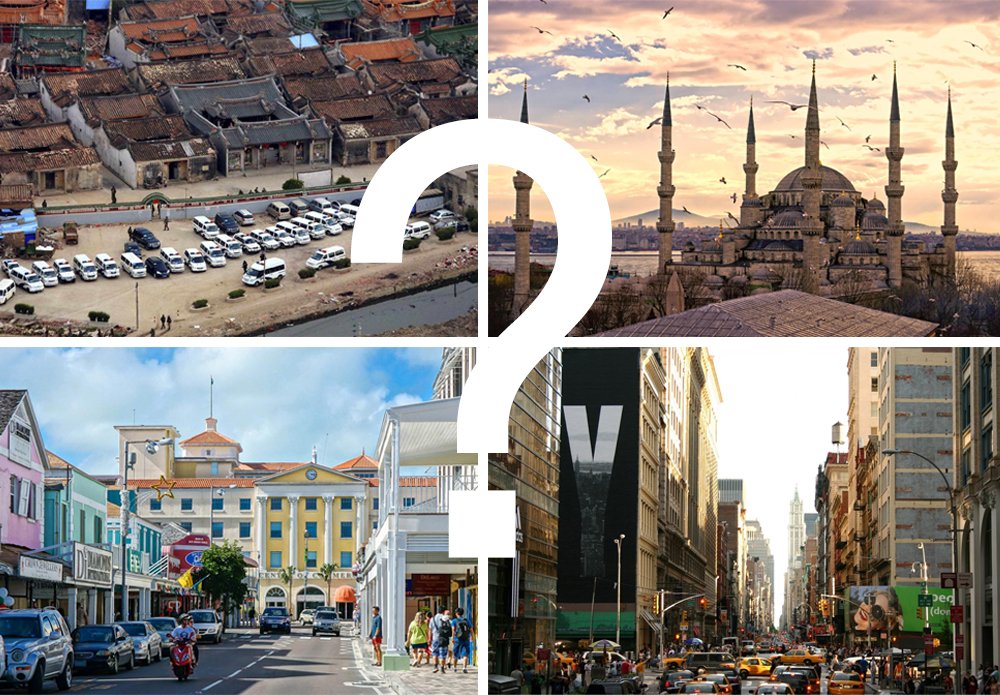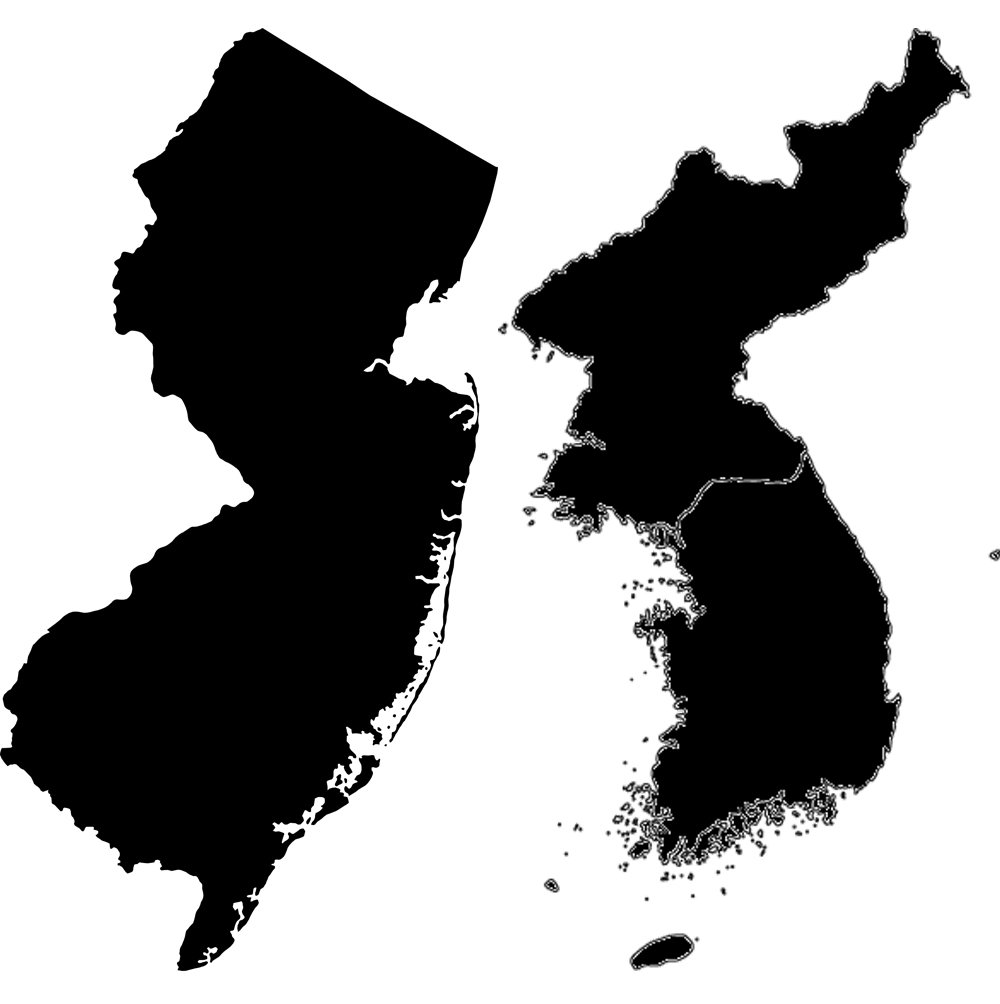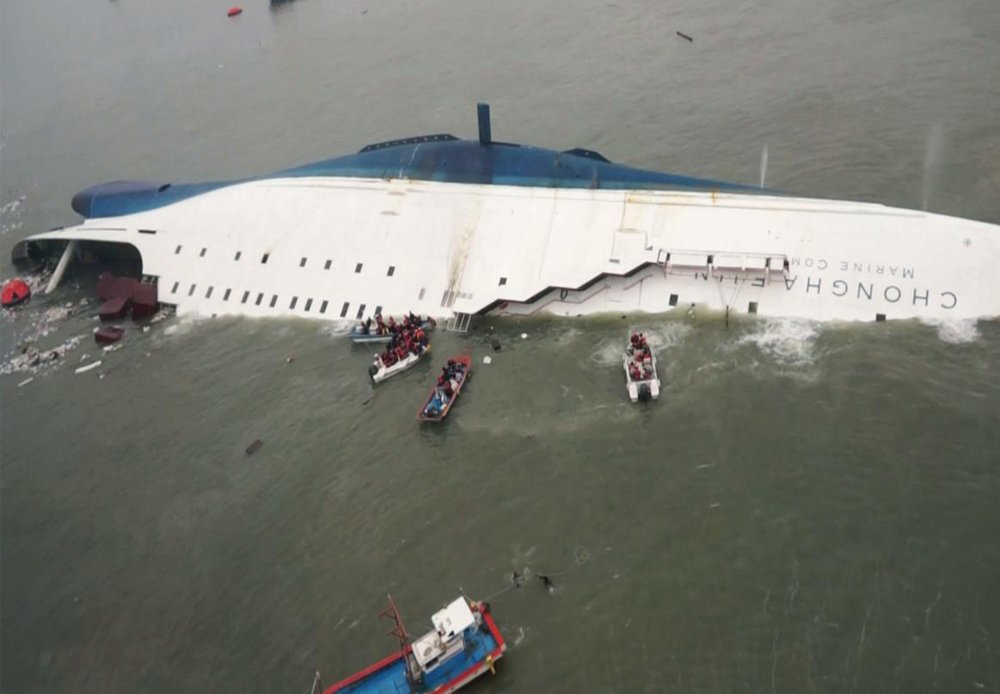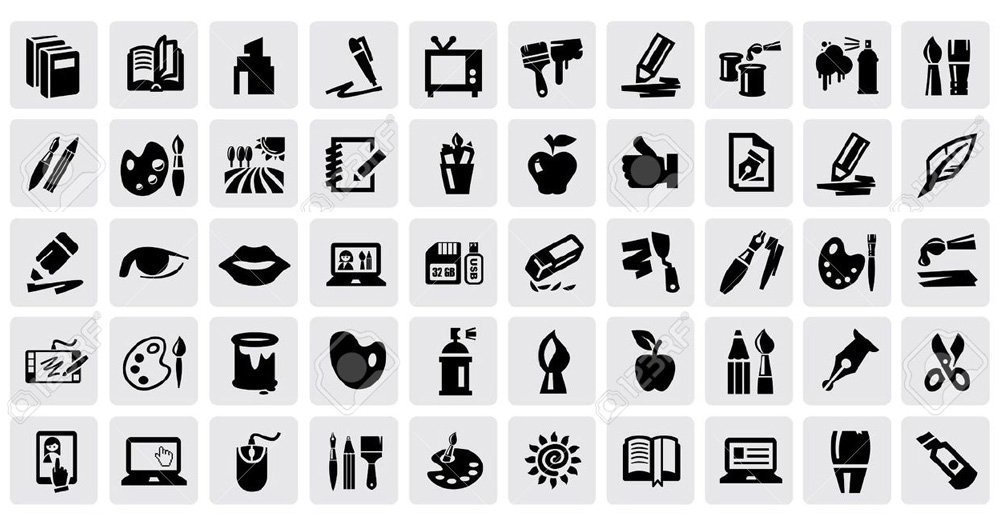Trying to be a Cultural Designer.
At the height of an election season in the US, it becomes more apparent than other times of how diverse and divided we can be. How we think, what we believe, when we act, who we align ourselves with, and why we move forward with the lives that we live. It is clear that all of these are never determined completely by logic or reason but instead by the atmospheres and social climates we respectively live in.
And those differences in how we live dramatically affect our trajectories as a global society.
Every place is the world faces cultural challenges. Some cities or countries struggle with civil liberties. Some face educational obstacles, social division, objective violence, or many others in a long list of contemporary ills. In the end, no matter where you live or where you come from, the most critical question is this:

What will be our cultural future?
Culture is a Passion
Ultimately, for me it was impossible to escape myself and my identity. As an American-born Korean, I've always been fascinated by the cultural differences of the two, especially now that the countries are so politically, economically, and socially intertwined. I was shocked by the differences between Korean international students and American-born 2nd generation students like myself during university years. Most poignantly, I was so keenly sensitive to the social problems that arose between these groups because of our polar backgrounds.

Which is more "Home?" New Jersey or Korea?
South Korea right now is in a moment of crisis. It isn't an explicitly horrible crisis such as that occurring in Syria or the natural disaster that has befallen Haiti, but for me it is a terrible one nonetheless- especially since it seems we as the Korean community have caused it in certain ways and still fail to appropriately address it. Korea right now, more so than any developed nation of the world, communally lacks a sense of purpose or identity. This sounds innocuous and momentary, but when you learn about the horrific levels of suicide (even among children and elderly demographics), unparalleled percentage of illegal prostitution, and a transition from being the “Sunshine State” to Hell for most citizens, it becomes clear that the country is facing major obstacles when trying to navigate their way into the global world.
The final tragedy that motivated my involvement- the Sewol ferry disaster.

Image Source: Soompi
April 16, 2014: 476 people, nearly all high-school students, were taken on a field trip to Jeju Island. During a ferry ride, some complications led to the ship filling up with water. Very slowly. As the ship began to undeniably go under, the children and teachers were told to remain calm and within the vessel. More and more water, still reassurances for them to stay. At the breaking point, the crew abandoned the ship. The death toll stands at 294, mostly children, with 10 missing.

Memorial for Students. Source: Deutsch Welle
Horrible accidents are always a possibility anywhere, but the wave of terrible actions and inactions that occurred during and afterwards by other citizens really broke my heart. News stations continued to falsely report the safe return of the students, discouraging intervention by others. The president of the shipping company faked his death and disappeared. Aspiring media stars appeared on news channels, claiming to be witnesses. Even President Geun-Hye Park disappeared for a period of time and still refuses to take any responsibility for the lack of policies and reinforcement. The government, voted in to protect its citizens, to this day continues to downplay this event and has proactively removed any public information that would damage them. Mourning families have formed social and protest groups, only to be suppressed, ashamed, and attacked by government-hired affiliates. Bureaucrats reallocated funds meant to memorialize these families towards high-end dinners and pricey conferences instead.

Public Protests. Sources: The Korea Times and Jun Michael Park
The more and more I researched into this and similar tragedies in Korea, the more I understood that these were happenings that could not be simply prevented with policy or implemented systems. What happened, how it happened, how Korea responded, and everything else that has occurred is so clearly specific to the cultural history and environment of the nation. Specific to the capacity for the population to respond and make change.
This statement seems too abstract and unsubstantial, but I'll do my best in future articles to truly convey what I mean. Above all, my conviction is that we've taken so many of our systems – educational, governmental, societal, etc. - as they are presented to us throughout our lives and rarely do we think that they are in fact disruptable, intervenable by any person our group with a purpose. That's where creative platforms and professionals come in.
Creative Producers Need to Tackle Culture More Directly

How to Apply this Energy?
From my formal training in the architectural and art fields, I grasped early on the limitations of what “traditional” design does for the world. Creative work for me seemed so topical, uncommitted, and inward-looking. Schools preach the basics on composition or arrangement as if they are the sole purpose of art in this world. The value of “high” art and design are absolutely interpretative without concrete ramifications and as a result, we typically don’t consider creative solutions or professions when dealing with physical or social problems.
It wasn’t always like this. Architecture and art used to develop mostly under the purview of motivated patrons. Resulting design would have a political, economic, or social purpose and rarely was it produced for its own sake or its own industry.
I’ve spent the last 10+ years working in circles of architecture, art, cultural planning, social design, and many other subsets of the creative world. I’ve felt the pressure to make these professions more applicable, more accessible. For me, creativity is an actionable mindset rather than a limited set of technical skills and these longer idea-posts will be dedicated to broadening the application of creativity. I believe we have a seat at the table when it comes to addressing complex social issues because those require the most amount of novel action.
My Plan for Cultural Action
So what can one person do? Is culture really something I can turn around like a doorknob in my grip? I’ve outlined a few strategies that I’ll be following and reporting on in these articles-
Well first off, Steemit!
The biggest challenge for creative professionals is the lack of an engageable public. Our existing media outlets- blogs, websites, magazines, conferences, video channels- are mostly NOT accessible or even made for a public beyond the specific profession. I believe, as do my partners @hitheryon, that the very foundation of Steemit is much more conducive to multi-disciplinary knowledge exchange. I as a sole designer will never be able to effectively enact change. A designer hand-in-hand with economists, makers, practitioners of law, technicians, writers, and so forth will receive much more feedback and applied motivation.

Second, my partner and I started the radio show and podcast Hansik House (finally introducing the name!) that tackles cultural obstacles head-on. We’re about half a year and 5 full monthly shows into our development and want to share our process to you all as we grow our personal “revolution” online and through in-person events.
Lastly, we went the whole 9 yards and last year, we established a consulting company that helps institutions and governments put into motion impactful cultural plans. Going back to the universal question “what is the future of our culture (?),” we work with groups that do not typically have access to creative or broader resources. Culture has literally become my career.
We’ll share all that we can and do feel free to request write-ups or reports on our experiences concerning anything we’re planning. We would love to hear your feedback all along the way!
PS: Don't worry, we'll still be doing plenty of korean food, pop culture, and music posts!
